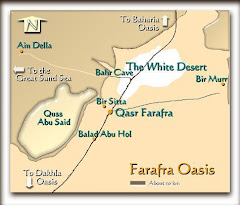
Tell Farfara, Akkadian Empire Project
The third millennium BC Akkadian imperial penetration of the north Mesopotamian plain was the terminus of the village-state-empire trajectory of sixth to third millennium BC West Asia (Adams 1966; Stone 1995; Figure 1). This cultural evolution paradigm emerged as the successor to Smith’s “Four Stages” (1776, Meek 1978) and Morgan’s Ancient Society (Leacock, ed., 1963), but only after the translation of the Weld-Blundell prism (Jacobsen 1939) and the retrieval of Akkadian Manishtushu’s temple rebuilding at Nineveh (Childe 1936; Adams 1966; Weiss 2003). Now, fundamentally entrenched in our textbooks (e.g., Nissen 1998; Wenke 2000, Roaf 1996; van de Mieroop 2004) and monographs (e.g., Liverani ed., 1993; Westenholz 1999; Glassner 1986; Goodnick Westenholz 1997) Akkad is “the first empire.” But the origins, nature, function, and effects of the Akkadian empire are not known---they are only described, meaninglessly or with various contradictory meanings, as “imperial.”
The Akkadians were present at Leilan, Mozan, Brak, and imperialized the extensive and high productivity Leilan plain (Weiss 1984; Besonen and Cremaschi 2004). The harvest was transported from Leilan to Farfara (TL number 186) or Tell Aid (TL number 90) and then to Nagar via the Jaghjagh. (Loretz 1969: no. 68). The Jaghjagh passed southwest to Brak ---Brak was not anomalously distant from a river (Wilkinson et al. 2001: 2, 7)--- then channeled from the northeast around the eastern and southern city edges, and exited from the southwest (Figure 2).
http://leilan.yale.edu/






